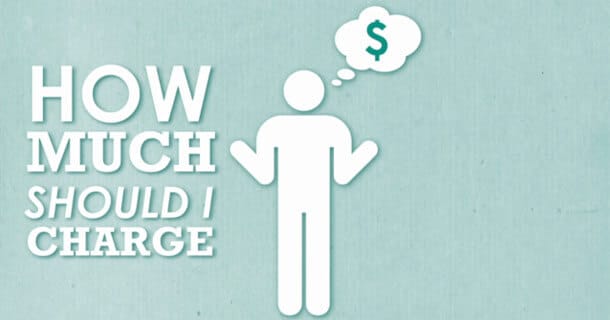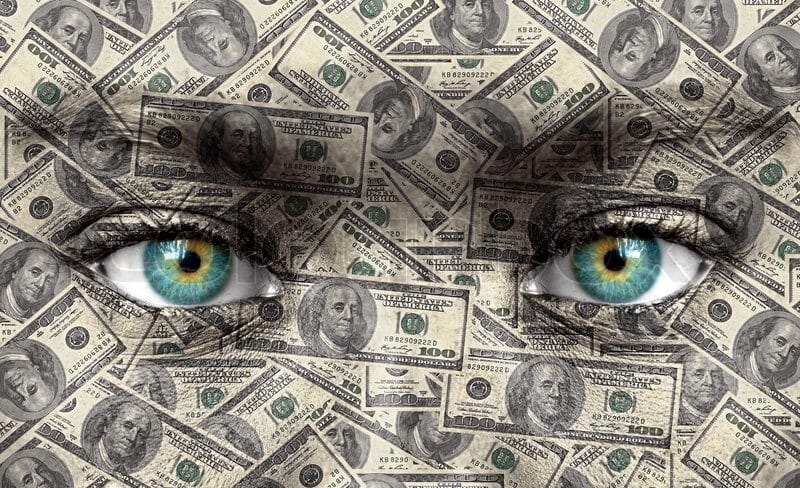Figuring out how much should a new photographer charge for his/her services is no mean feat because, in most cases, we are talking about self-employed people and a multitude of factors. The location, competition, quality of the work, type of work, and business renown all amount to a complicated equation that has no universal solutions.
This is by no means an industry-specific dilemma. All individuals who manufacture products or provide services that touch the realm of the subjective are confronted with the same problem: the impossibility of adequately quantifying their worth.
We are talking portraits, weddings, custom photo shoots, real estate and so on. Established photographers have numerous advantages, such as experience and a certain reputation, that allow them to set their own rates, within the tendencies of the said economic environment naturally.

Trickier still is the impossibility of outlining a definitive schematization in a confined space, because of the walloping differences between the different states. Therefore, I will limit myself to rather general considerations on the main concerns on how much should a new photographer charge for weddings, portraits, photo-shoots, real estate, followed by the presentation of a deductive procedure that I found particularly eye-opening and which should be helpful for those of you who want to delve deeper into the matter.
The Crude Statistics
Do not paint a relevant picture, from my point of view. A chaotic aggregate of numbers encompassing the whole of the US is probably why some of the newbies are so confused to begin with. An attempt to break down these numbers is a something of a Herculean task.
Statistics from the Department of Labor state that a photographer makes about $15 an hour, for a median annual wage just north of $30000. This statistic may be helpful further along the way, for judging the average worth of an hours’ labor.
These figures, while characterized by a wide circulation on the Internet, do not take into account the different attitudes regarding the profession between, let’s say, Maine and Montana vs. California and Texas.
If you are a new photographer and do not wish to get a headache, my advice is to get a professional opinion from the academic or accounting fields, because analyzing data by yourself may point you down an erroneous path.
The point where these raw figures prove their worth is in the mapping out of trends. For example, projected data shows that photographers working in the media industry should expect a radical downfall in the number of jobs and their rates. On the other hand, those who ply their trade for scientific research corporations (especially aeronautics) are on the rise in median income, yet they should expect a stiffer competition in the near future.
Stats on Specifics
Those of you looking for instant gratification in the form of numbers for specific activities should take these amounts with a pinch of salt. The best advice on this topic is offering clients various options of personalization. Moreover, adjust yourself to the idea of trying your hand at many types of events, both for professional purposes as well as marketing ones.
A large survey has been compiled for 2015 over at smartshoot.com, that boasts numbers that are more than satisfying – the better part of the US states, rounded by countries with similar economic profiles from Western Europe, East Asia, and Mexico. Adjusting your rates for a beginner status is difficult, however, one should never make the mistake of underselling. The average numbers go like this:
- Wedding Photography starts at $1000 for the four-hour, no assistant variation while the works (translating into whatever the bride requires) cost a minimum of $3000. As a side note, if you cater engagements, then halving the stated amounts should place you in a correct interval.
- Portraits present the largest variation in price, with difficulties on attaching a tag. Modest, single portraits in natural surroundings go for a minimum of $150 an hour. On the other end, senior portraits that include equipment transportation commence at $1000 a day.
- Real Estate shooting prices come at about the same delimitations as portraiture, an average of $200 for the hour and $1000 for a whole day.
- Product imagery stands out in this survey, because of the apparently subjective taxonomy, with a median price of $300 for small shoots against natural backgrounds and going for as much as $1500 for very large affairs.

A Practical and Humanizing Approach
The most helpful take on the question of pricing seems to be that at sproutingphotographer.com. It is an approach that exhibits the author’s practical knowledge, topped by his perspective on economy as truly part of the social sciences. How much should a new photographer charge becomes a matter of balancing 5 factors and integrating them for a formula that transpires common sense.
The main, highly quantifiable ingredients of the recipe, are competition, cost-of-goods, and your own financial target. The last one works better if you aspire at being, or better yet already are a full-time photographer. This is because you have a good idea just how much is your labor cost, based on a sound history.
The cost of the goods, cost of labor, median price of your competitors and final annual target conspire into a price per minute (or per hour) coefficient that provides you with a clear-cut view in estimating every service you offer, regardless of the degree of sophistication or customization.
Now, we have arrived at the point where the subjective factors come by – quality of work, personal confidence and externally-perceived value (something I like to call renown). With these in mind, when you are new to photography as a business, you should come up with a figure (ideally between 0.75 and 1) by which you should multiply your first figure, the result of the so-called objective factors.
This method is actually a variation on concepts set forth in a book, “Pricing for Profit”, available on Amazon. Practical applications of economics are becoming easier to grasp and kind of fun.

When it comes to approximating the value of your own work, you have to be able to successfully balance between the slopes of perceived arrogance and self-induced humility. A better understanding of the concept of opportunity cost (both as an economic term and philosophical thought) might aid you in this. The essential is that there are no golden rules to how much should a new photographer charge, just wide-ranging general guides.










